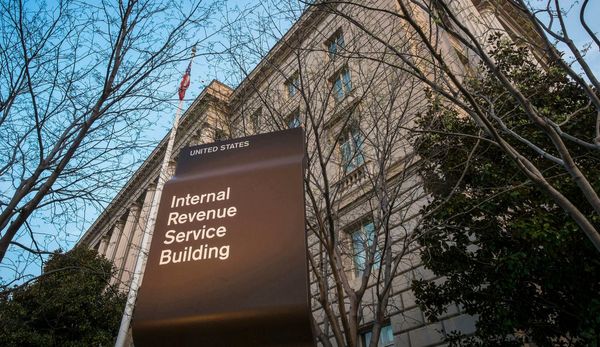It's a change that will undoubtedly be appreciated by cryptocurrency neophytes.
Ethereum, considered the second-generation blockchain, has decided to rebrand the Ethereum 1.0 (ETH 1.0) and Ethereum 2.0 (ETH 2.0) terminology.
From now on, Ethereum 1.0 (ETH 1.) will be referred as as Ethereum's "execution layer", and Ethereum 2.0 as "consensus layer," according to a blog post of The Ethereum Foundation, a non-profit organization dedicated to supporting Ethereum and related technologies.
"One major problem with the Eth2 branding is that it creates a broken mental model for new users of Ethereum. They intuitively think that Eth1 comes first and Eth2 comes after. Or that Eth1 ceases to exist once Eth2 exists. Neither of these is true. By removing Eth2 terminology, we save all future users from navigating this confusing mental model," explained The Ethereum Foundation.
"Unfortunately, malicious actors have attempted to use the Eth2 misnomer to scam users by telling them to swap their ETH for ‘ETH2’ tokens or that they must somehow migrate their ETH before the Eth2 upgrade," the foundation added.
The Ethereum Foundation hopes "this updated terminology will bring clarity to eliminate this scam vector and help make the ecosystem safer."
Ethereum is among currencies that are decentralized, secure, enable smart contracts, and offer a DApps (decentralized apps) platform. It has competitors often called 'Ethereum Killers' - Solana, Polkadot, Avalanche, Cardano - because their platforms scale well for fast transactions at low cost and can work with other blockchains.
Proof-of-Work Versus Proof-of-State
The “execution layer” — formerly known as Ethereum 1.0 — refers to the proof-of-work blockchain that is known today as Ethereum.
Like in any blockchain, there is a need to validate transactions in a decentralized way. Ethereum currently uses a proof-of-work (PoW) consensus mechanism: miners use a machine’s processing power to solve complex mathematical puzzles and verify new transactions.
The first miner to solve a puzzle adds a new transaction to the record of all transactions that make up the blockchain. They are rewarded with the network’s native cryptocurrency, Ether. However, this process can be hugely energy-intensive.
To solve problems with the network’s scalability and security, Ethereum, the blockchain “world computer”, will switch to a proof-of-stake consensus mechanism, known now as the “consensus layer” or former Ethereum 2.0.
Proof-of-stake (PoS) differs in that instead of miners, users can stake a network’s native cryptocurrency and become validators. Validators are similar to miners in that they verify transactions and ensure the network isn’t processing fraudulent transactions.
These validators are selected to propose a block based on how much crypto they have staked, and how long they’ve staked it for.
The main advantage of PoS is that it is far more energy-efficient than PoW as you don’t need a lot of computing power to secure the blockchain.
The most important deadline is the upcoming “merge,” a future upgrade in which the current Proof-of-Work chain will unite with the Proof-of-Stake chain. It is scheduled for June 2022.
Ethereum’s move from Proof-of-Work to Proof-of-Stake is intended to enable greater scalability and eventually lower transaction costs.
The Ethereum Foundation said in its blog post that the terminology update "not only would (...) expedite the move to proof-of-stake, but it would also make for a much smoother transition for applications, as the move to proof-of-stake could happen without any migration on their end".







